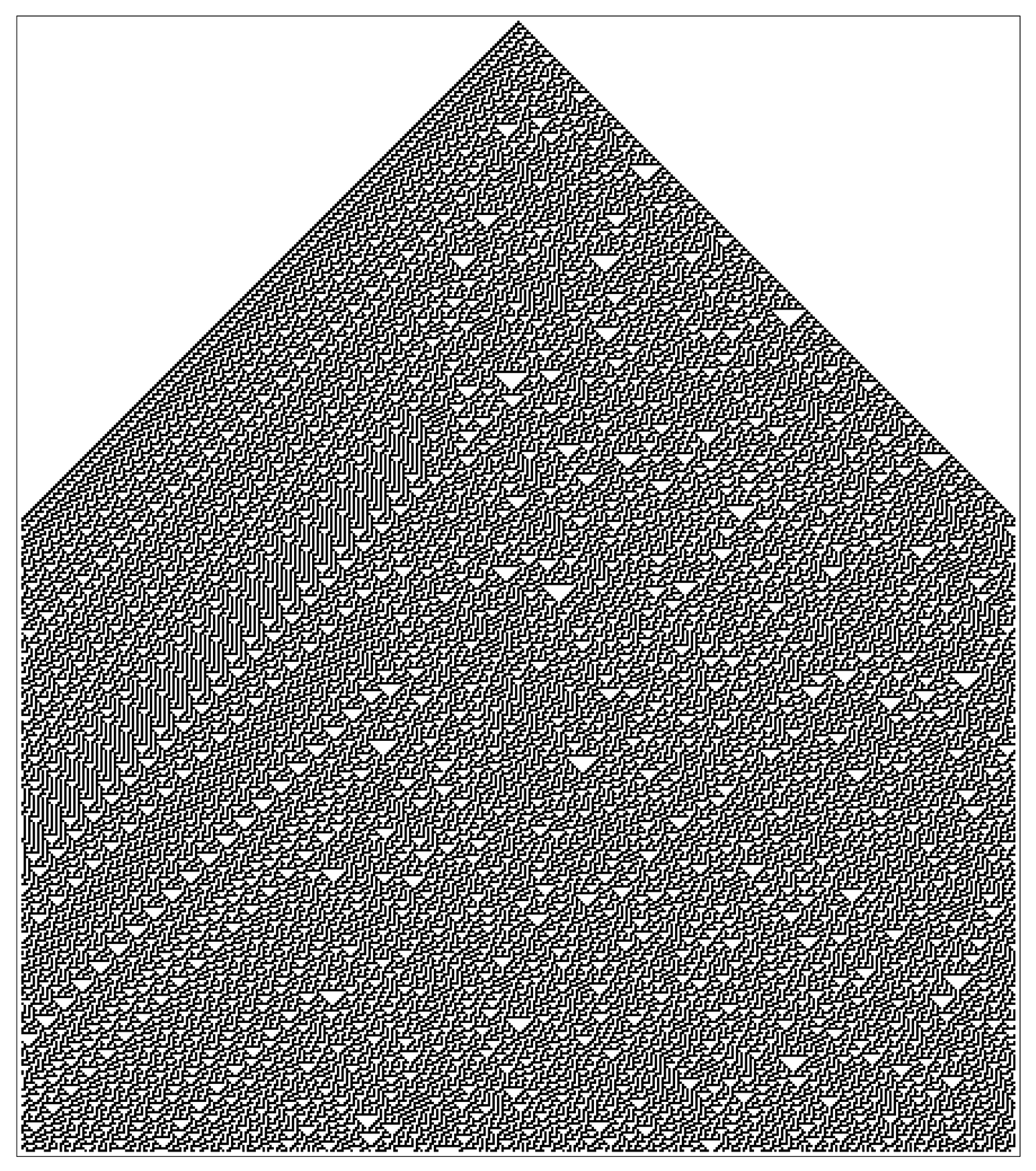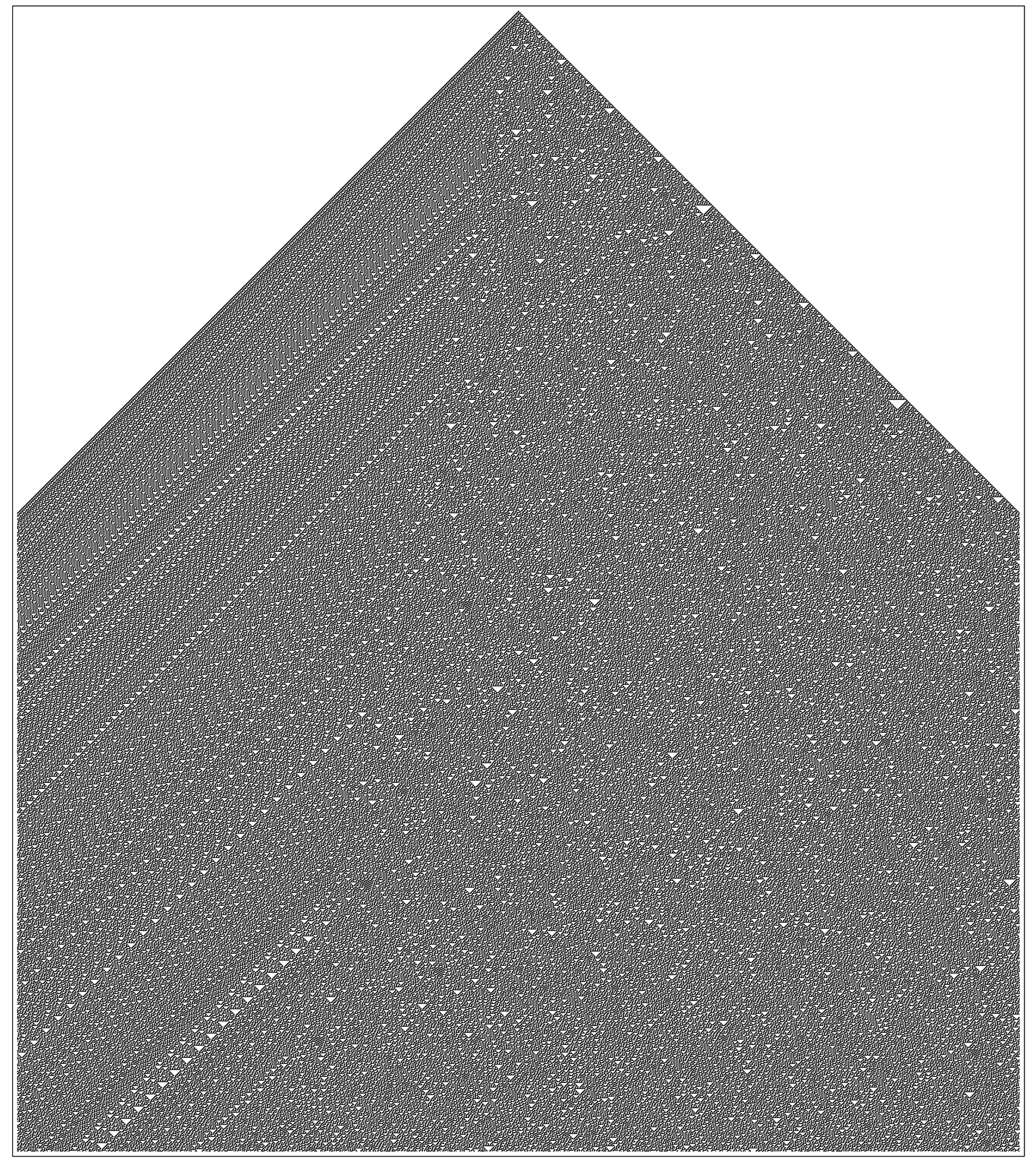The ultimate goal of physics is finding the Theory of Everything.
This theory would be a single framework that explains all physical aspects of the universe. Right now, we can explain many aspects pretty well. But there's one major divide.
We have the theory of general relativity, which works very well for big things. We also have the theory of quantum mechanics, which works well for very small things.
But we don't have a way to combine them.
The Theory of Everything would be a single set of equations that explain all interactions between matter, energy, space, and time.
It would explain the origins of the universe, the orbit of the earth around the sun, and all the weird quantum behaviour we keep uncovering.
When you stop to think about it, this does seem a little crazy. Can a few equations really explain everything?
The universe is mind-blogglingly massive and complex. Can we possibly reduce it all to a bit of math?
Computer scientist Stephen Wolfram says we can, and here's how.
Wolfram's emergent complexity
Wolfram has had a busy and storied career in both computer science and physics, but today we'll focus on just one contribution. Wolfram proved that you can generate complex behaviour from a few simple rules.
Let's take a grid, like so. The grid is divided into cells, and in the middle of the very top row, one cell is filled in.
If we proceed row by row down the grid (second row, third row, fourth row), we can generate different patterns by following different rules for filling in cells.
Here's an example rule: if the same cell in the previous row is filled in, we fill it in on the next row. Click Run below to see what pattern this generates.
Not very exciting, is it? But we can use a more interesting rule.
What if we say, if the cell to the left of the cell in the previous row (their left neighbor) is filled in, fill it in on the next row?
Now we have an angled line. A little more interesting.
Let's start adding some complexity. In the below grid, the rule is this: we fill in the cell if it was filled in on the previous row, or if either neighbor on the previous row was filled:
Thus we get a pyramid shape.
A fractal pattern
New rule: what if we fill in the cell on the next row if ONE neighbor on the previous row is filled, but not both?
This is a fractal shape, an endlessly repeating pattern. It's neat to look at. It's also very predictable. It will repeat the same pattern on and on if we had 1000 cells, or 10,000 cells.
A random pattern
The next pattern is much more interesting. This is where Wolfram started getting excited.
Here, the rule is a little more complicated:
IF either the left neighbor is filled, OR one of the right neighbor or the previous cell.
This is what's known as an "exclusive or". If the left neighbor is filled, but NOT the previous cell or its right neighbor, then we fill in the cell. If the left neighbor is filled AND either of the previous cell or its right neighbor, then we do not.
In other words, fill the cell if one of these is true, but not both: left neighbor is filled OR right neighbor is filled or previous cell is filled.
Watch the pattern:
The left side of this result looks pretty predictable. But the rest is not. It follows no pattern at all. In fact, if you execute the same rule for 500 rows...
Or even 1500...
... you can see the right side looks very chaotic. It is, in fact, entirely unpredictable, or what we'd call random.
If we gave you a small chunk of that right side, you would not be able to figure out what kind of rule generated it. It would seem hopelessly complex.
And we managed to get that output with a relatively simple rule. That's how easy it is to generate true complexity.
Building your own patterns
All the patterns draw from the previous cell and its neighbors. We can represent them like so:
left neighbor - previous cell - right neighbor
Let's make it simpler to show which are filled/unfilled, by using 1 to represent filled, and 0 to represent unfilled.
So if all three cells on the previous row are filled, we can call that 111. If all three were unfilled, it would be 000.
Just the left neighbor is filled? 100. Just the middle? 010.
There are eight possible combinations of those three cells. Here they are:
When we're defining a rule for our grid pattern, we can represent it using this table. For example, if the rule is "only fill the cell if all three cells above it are filled", we can show it like so:
This table thus says "fill the cell if all three cells above it are filled."
Our fractal shape appeared when our rule was "if one neighbor is filled, but not both." We can show this in binary like so:
This widget lets you build your own patterns from this binary notation:
If you want to make a rule we haven't seen before, try the following:
The bottom row spelled out is '01101110'. This is a handy way of writing out our rules.
Try plugging in the following patterns:
Single line: 0 0 0 0 0 1 0 0
Pyramid: 1 1 1 1 1 1 1 0
Fractal: 0 0 0 1 0 0 1 0
Random: 0 0 0 1 1 1 1 0
A universe from a few simple rules
In all these examples, we have one limited input: a cell is or unfilled. We also have limited space: a tiny grid.
Despite these limitations, we were able to generate complex, unpredictable patterns.
It's not unreasonable to think that our universe might work the same way: an entire complex reality, generated from a few mathematical rules.
If you want to see these ideas in action, check out Wolfram's article Finally We May Have a Path to the Fundamental Theory of Physics… and It’s Beautiful. It's long and complicated but explains some very exciting ideas.
If you're interesting in more articles like these, sign up for my newsletter, where I summarize the best of what I've written and read each week:

